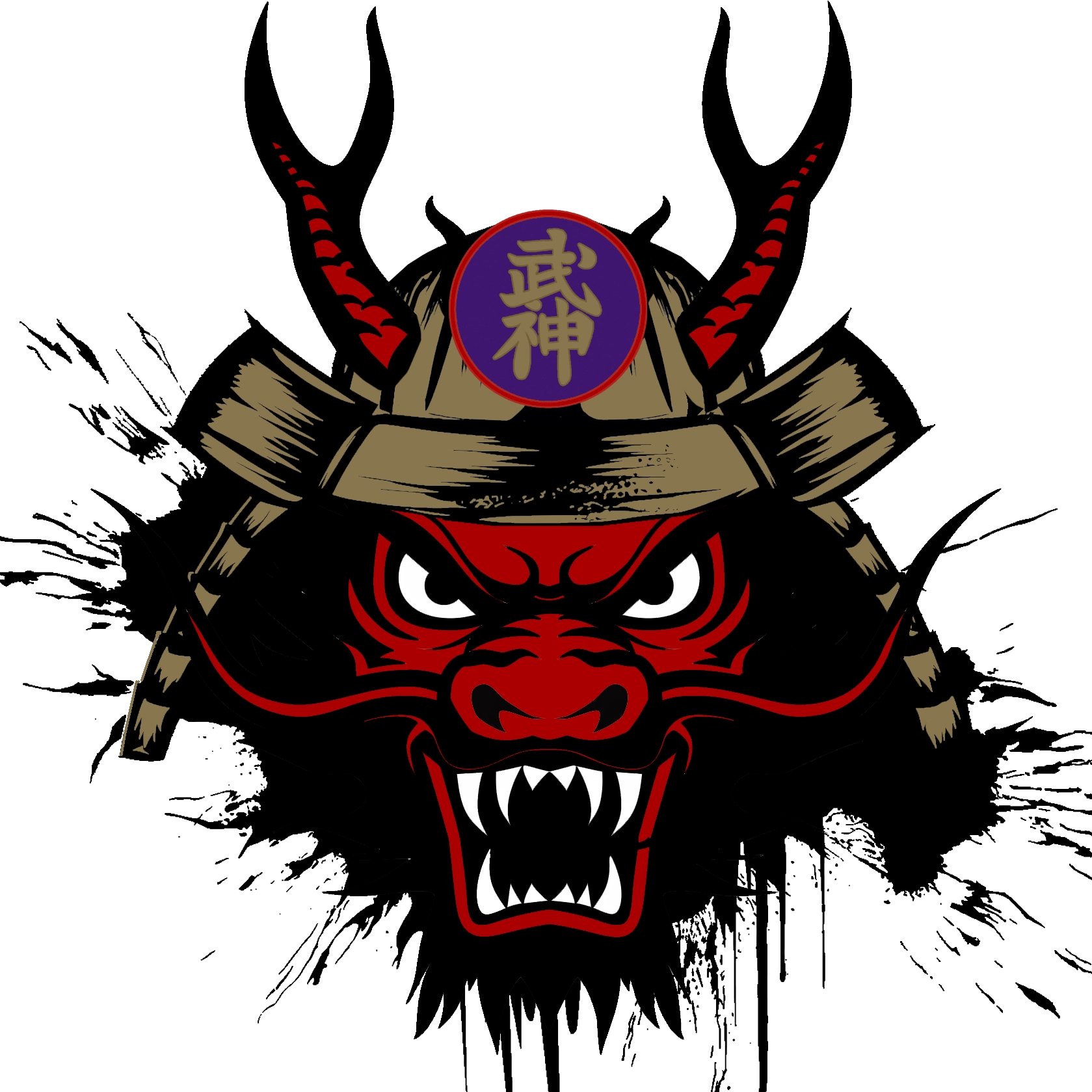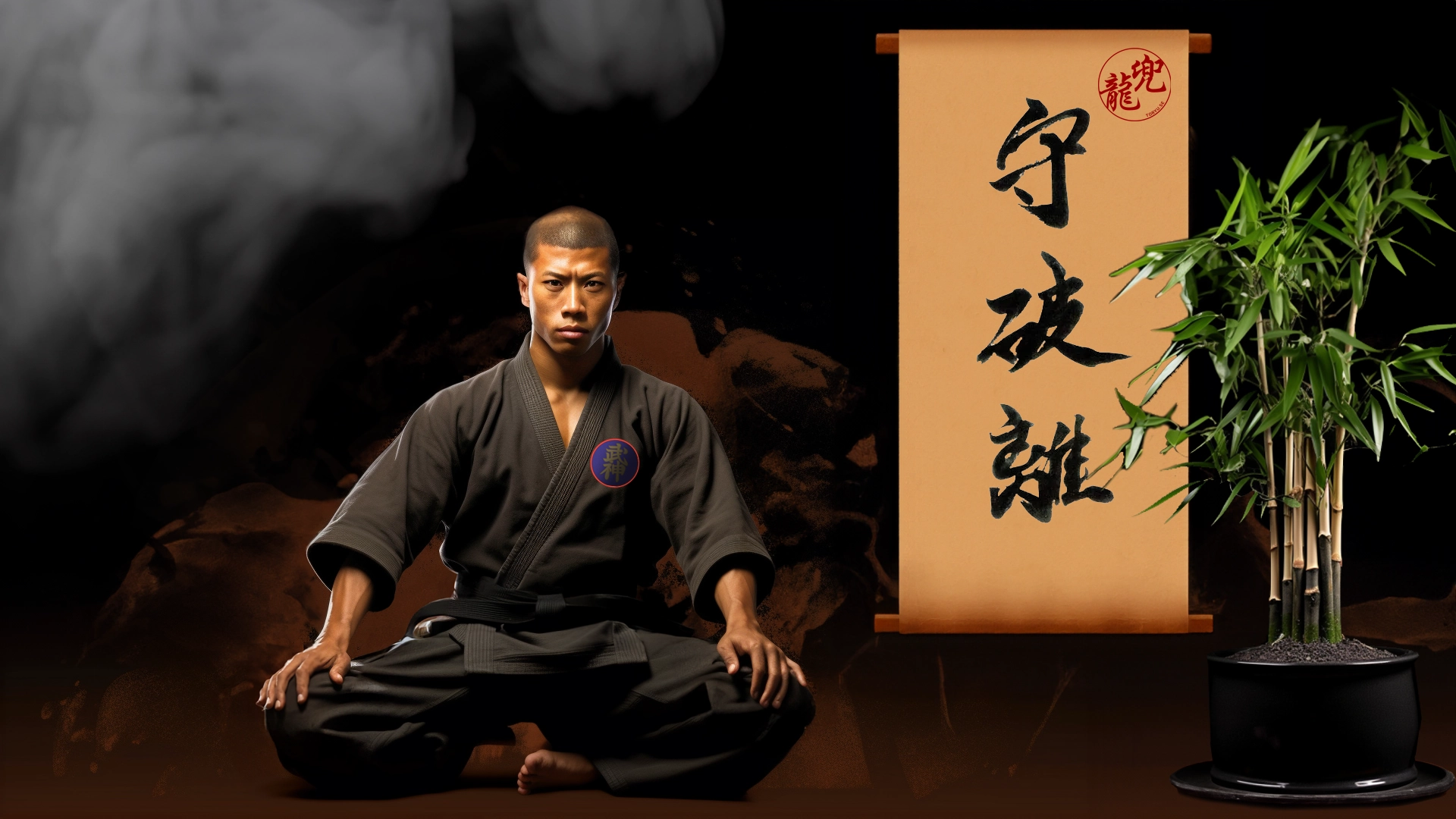The Japanese concept of Shu Ha Ri: Lifelong Learning in Martial Arts serves as a guiding principle for martial artists. Emphasizing lifelong learning through active engagement, spaced repetition, feedback, self-explanation, and personalization.
While the traditional timeline in Bujinkan Dojo suggests progressing through Shu, Ha, and Ri over several decades. It is crucial to continuously revisit and reinforce the fundamentals, even after years of training.
Shu (守): Embracing the Fundamentals at Every Stage
In the Shu stage, martial artists focus on mastering the fundamental techniques.
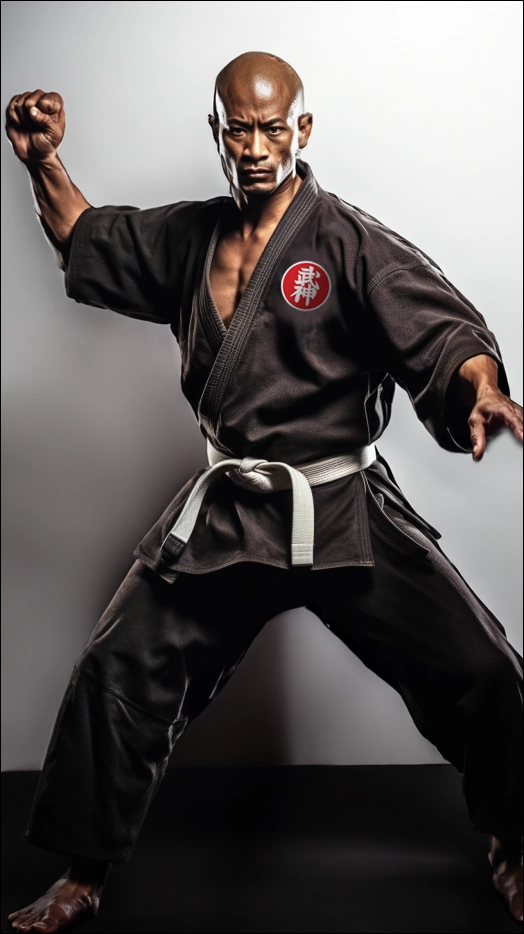
Active engagement: Engage in regular practice sessions, regardless of rank or experience.
Spaced repetition: Continuously repeat techniques to reinforce muscle memory and refine execution.
Feedback: Seek guidance and feedback from experienced instructors to correct and improve skills.
Self-explanation: Reflect on individual performance, understanding the underlying principles.
“Mastering the fundamentals is the foundation of true mastery. Embrace the level of Shu with utmost dedication and discipline. Train diligently, honing your techniques and understanding the essence of each movement. Remember, the path to greatness starts with a solid grasp of the basics.“ -Miyamoto Musashi AI
Ha (破): Breaking Free from Tradition, Evolving Continuously
After passing the 5th Dan test in Bujinkan Dojo, martial artists become Shidōshi and continue at the Ha level.
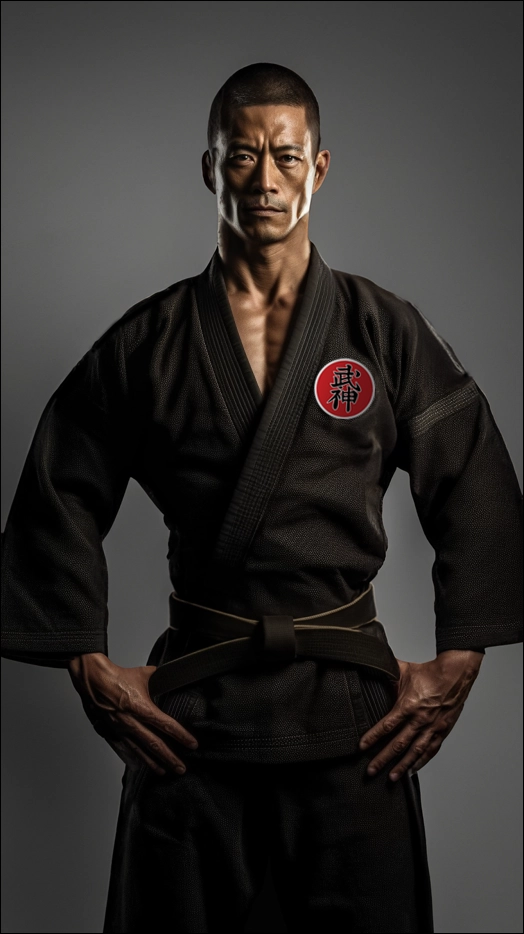
Active engagement: Embrace experimentation, exploring variations and adaptations in techniques.
Spaced repetition: Continuously refine and polish techniques to ensure efficiency and effectiveness.
Feedback: Receive constructive criticism to refine skills and adapt to different combat scenarios.
Self-explanation: Analyze the rationale behind techniques, adjusting according to individual needs.
“The stage of Ha marks a crucial turning point in your journey. Now, it is time to break free from the confines of tradition and explore your own unique path. Embrace the spirit of innovation and adaptation, refining your techniques and integrating personal insights. Continuously challenge yourself, for it is through exploration that true mastery emerges.” -Miyamoto Musashi AI
Ri (離): Reaching the State of Transcendence, Even After Years of Training
After passing the 10th Dan level in Bujinkan Dojo, martial artists embark on the Ri level.
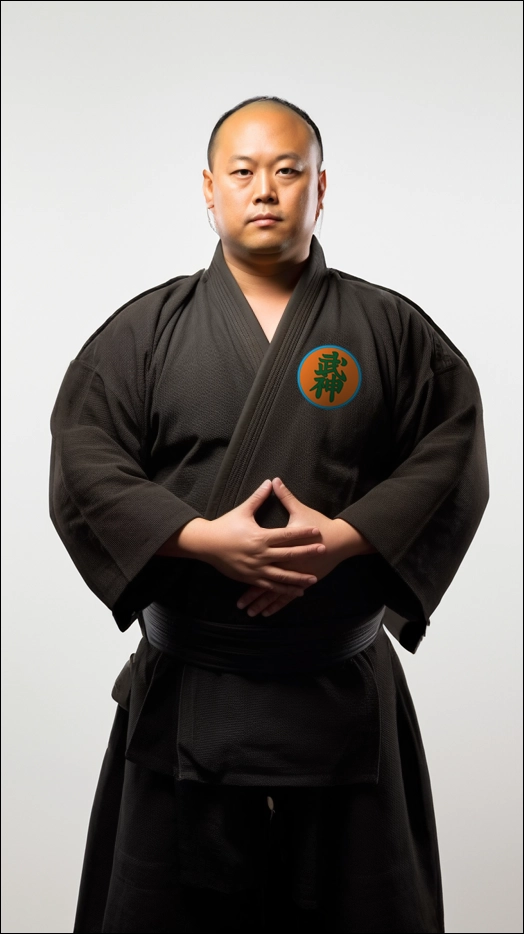
Active engagement: Innovate and create new techniques, incorporating deep understanding and experience.
Spaced repetition: Integrate techniques seamlessly into fluid and instinctual movements.
Feedback: Become a source of guidance and mentorship, providing feedback to others while seeking continuous improvement.
Self-explanation: Articulate the principles and philosophy underlying their martial arts practice.
“At the level of Ri, you have transcended the boundaries of technique. Mastery lies not only in physical prowess but in the depth of your understanding. Fuse your body, mind, and spirit into a harmonious whole. Embrace the art beyond the art, where each movement becomes a manifestation of your inner self. Seek simplicity, clarity, and an unwavering connection to the present moment.” -Miyamoto Musashi AI
Shu Ha Ri and Jo-Ha-Kyū: Concepts of Progression in Japanese Arts
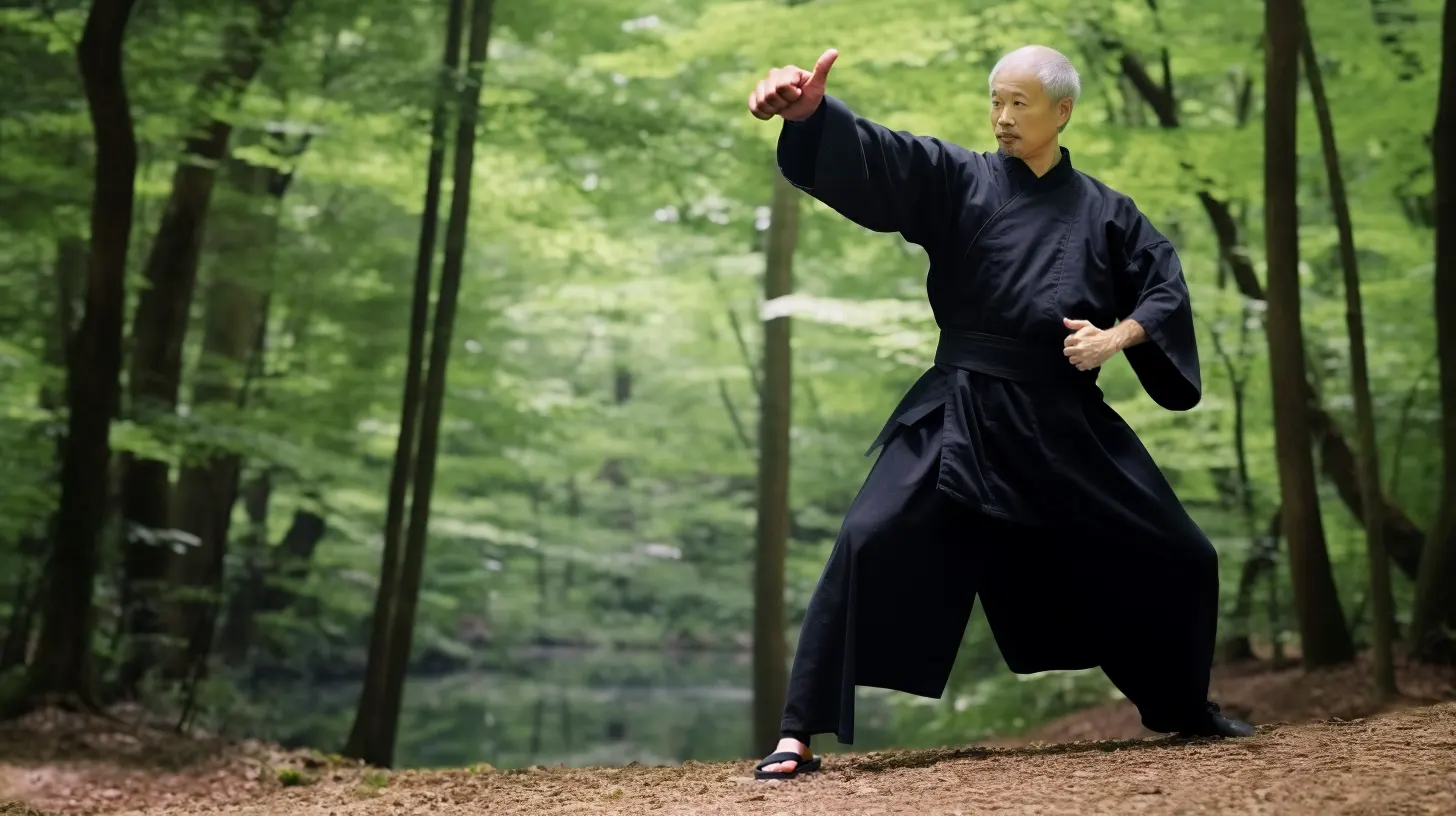
The Japanese concepts of Shu Ha Ri: Lifelong Learning and Jo-Ha-Kyū are significant in traditional arts. Jo-Ha-Kyū, meaning “beginning, break, rapid,” guides movement. It starts slowly, accelerates, and concludes swiftly.
Applied in various disciplines like tea ceremonies, martial arts, and theater, Jo-Ha-Kyū was analyzed by Zeami. Shu Ha Ri and Jo-Ha-Kyū offer insights into progressive training, emphasizing skill development and dynamic shifts.
Regardless of rank, martial artists should revisit fundamentals, incorporating active engagement and personalization. This lifelong learning journey leads to mastery, transcending tradition’s boundaries.
Conclusion
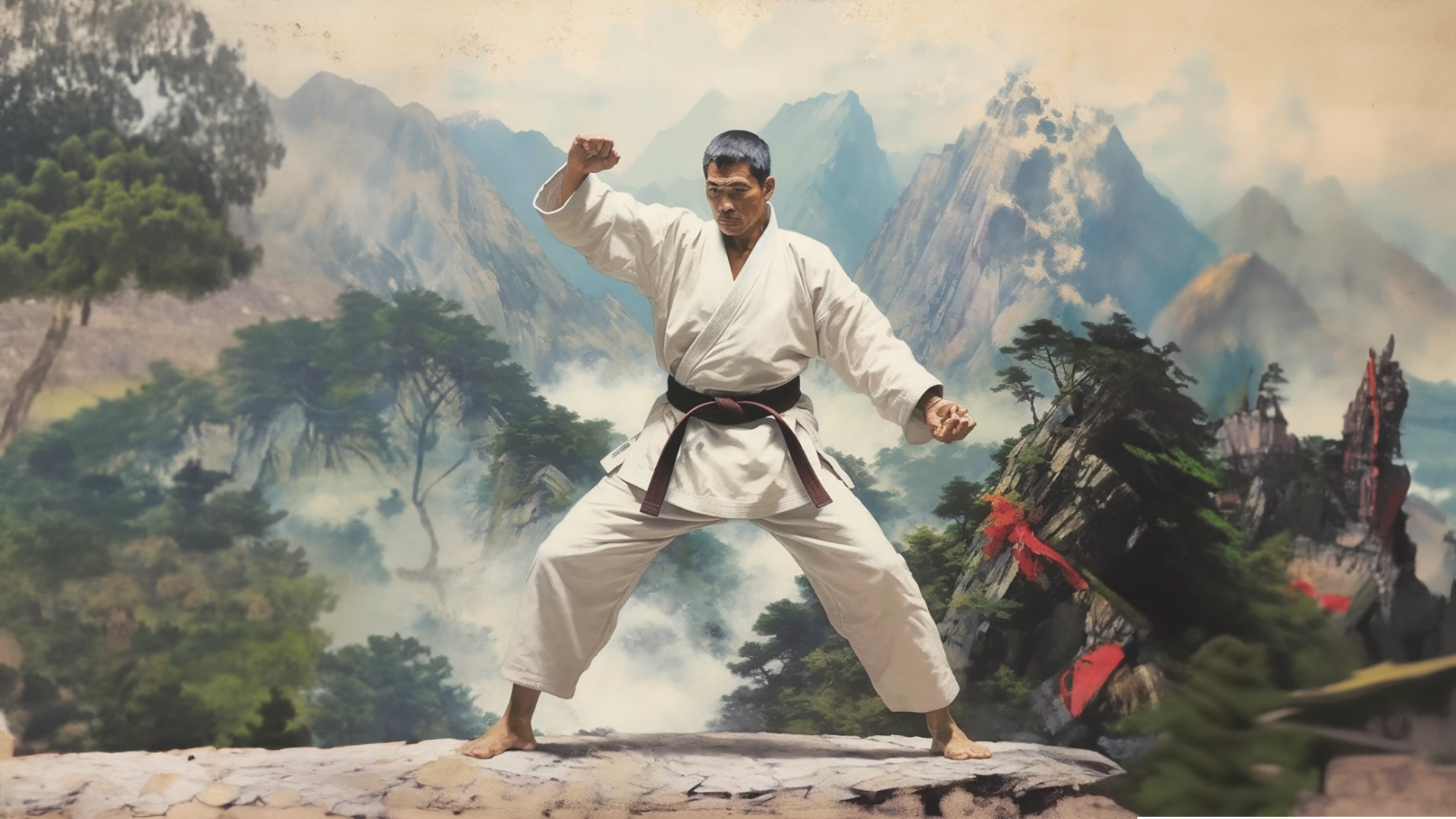
In conclusion, the Japanese concepts of Shu Ha Ri and Jo-Ha-Kyū offer profound insights into the world of martial arts and traditional Japanese arts as a whole. These principles highlight the importance of progression, continuous learning, and the mastery of skills.
Shu Ha Ri emphasizes the significance of actively engaging with the fundamentals, seeking feedback, and personalizing one’s practice. It reminds martial artists that the journey towards mastery requires a strong foundation and a commitment to lifelong learning. By revisiting and reinforcing the basics, practitioners can deepen their understanding and refine their techniques, regardless of their rank or years of training.
Jo-Ha-Kyū, on the other hand, provides a framework for the modulation and movement found in various art forms. Starting slowly, building momentum, and culminating swiftly, this principle captures the essence of dynamic expression and growth. It serves as a reminder that progress is not linear but marked by shifts and crescendos, mirroring the rhythm and evolution of a martial artist’s journey towards mastery.
By embracing both Shu Ha Ri and Jo-Ha-Kyū, martial artists gain a comprehensive understanding of their training. They develop a deep appreciation for the deliberate and gradual development of skills, while also embracing the dynamic nature of their art. These concepts encourage continuous growth, adaptability, and the pursuit of excellence.
Ultimately, the Japanese martial arts path is one of self-discovery, discipline, and personal transformation. Through active engagement, spaced repetition, feedback, self-explanation, and personalization, martial artists embark on a lifelong quest for mastery. By incorporating these principles into their practice, they transcend the boundaries of tradition, reach new heights of skill and understanding, and become true exemplars of the martial arts spirit.
Footnotes:
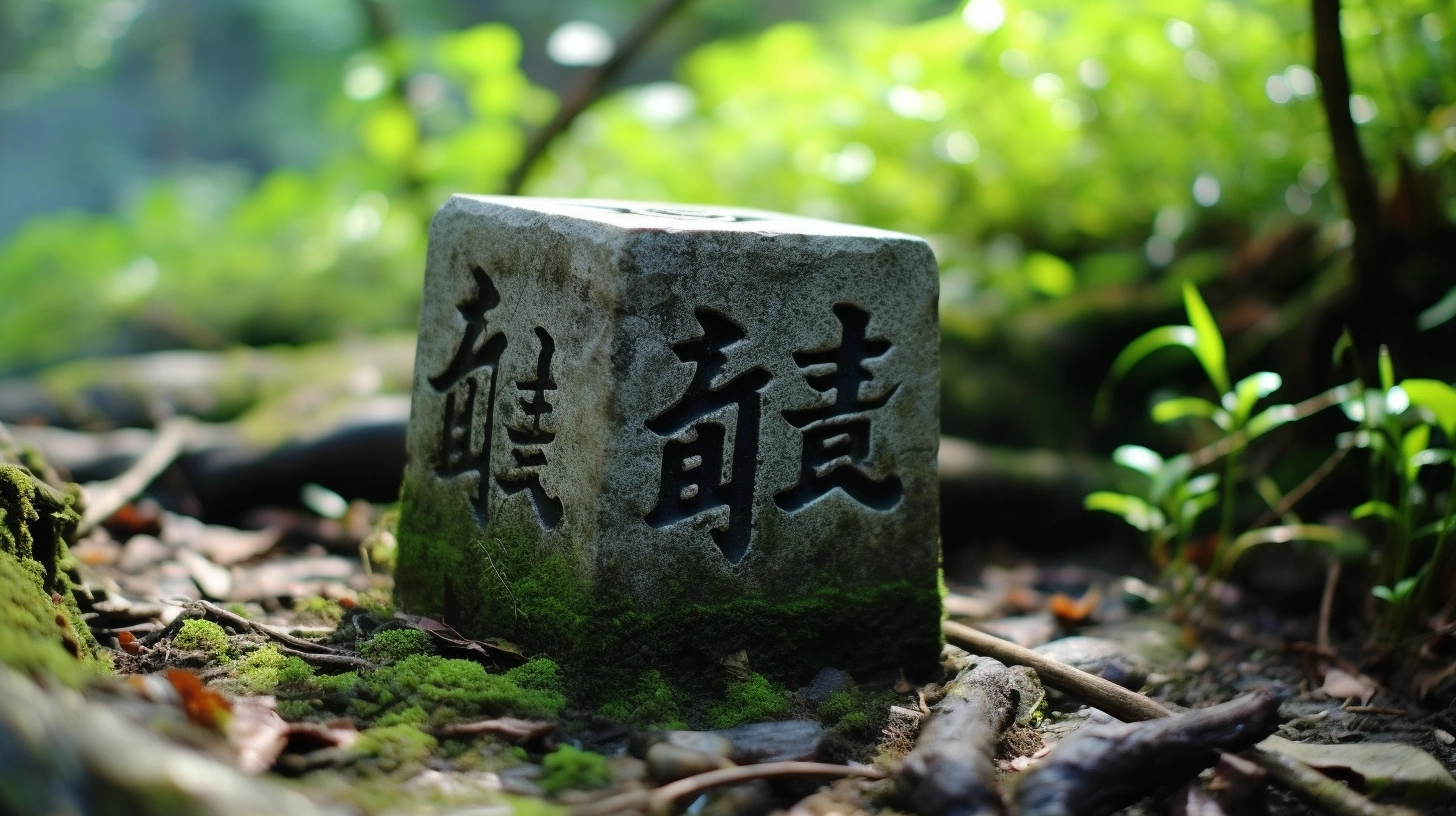
- Shu (守): Derived from the kanji 宀 (roof) and 寸 (measurement), it represents the idea of preserving the measured principles.
- Ha (破): Comprised of the kanji 石 (stone) and 贝 (shell), it signifies breaking free from the rigid shell of tradition.
- Ri (離): Composed of the kanji 隹 (bird) and 里 (village), it implies soaring beyond the boundaries of the village, symbolizing transcendence and liberation.
